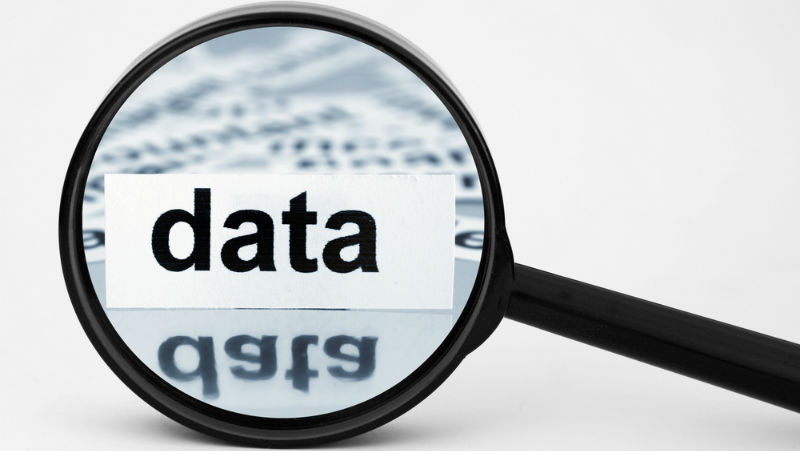Myth busting: what the so-called “porn ban” really means
Protecting the youth is the Digital Economy Act's first priority

In our increasing digital-by-default society, children are being exposed to the online world from a very young age. In fact, many children get their first smartphone, and therefore access to the internet, at just six years old.
While the internet certainly has many benefits, not all of its content is suitable for those under 18. As such, there is the possibility of minors stumbling across inappropriate or harmful material – such as pornography – which studies show can be damaging to their mental health. The NSPCC, for example, recently cited widespread confusion amongst minors over what constitutes “normal” intimate activity after being exposed to pornographic content.
Safeguarding children online and helping to prevent them from readily viewing such material, is therefore of significant importance.
- This is everything you need to know about the UK porn block
- Starbucks plans to block adult content on its Wi-Fi in 2019
- PornHub launches its own VPN
Legislation brought in under the Digital Economy Act aims to address this issue. This new regulation, which is more commonly – and somewhat misleadingly - being referred to as the ‘porn ban’, will require all adult content websites to implement age verification systems onto their digital platforms.
However, despite general agreement that such measures will help protect children online, there is growing confusion around how the regulation will work in reality. For example, some believe it is just a ploy to help businesses collect user data, while others suspect it is a censorship tool.
Understandably, these rumours and misconceptions are causing people to doubt the motives behind the new regulation. With that in mind, let’s review some of the key concerns and bust some common myths.

1. My data will be hacked or leaked
Perhaps unsurprisingly, the incoming legislation has triggered privacy fears. Will adult companies be able to link people’s identities to their pornographic preferences? This is a very valid concern.
Are you a pro? Subscribe to our newsletter
Sign up to the TechRadar Pro newsletter to get all the top news, opinion, features and guidance your business needs to succeed!
The sure-fire way to avoid highly sensitive data leaking is to make sure that such data is not created in the first place. In this respect, it’s vital that age verification is performed by independent age verification systems and not by the adult sites themselves or organisations affiliated with them.
Ideally the provider will need to be independent, never store personal information on its users and ensure that credentials are completely anonymised. When a user tries to access an age-restricted website or service, the website should only receive a simple ‘pass’ or ‘fail’ alert - nothing more.
2. It’s just a censorship tool
Given that the British Board of Film Classification (BBFC), a ‘106-year old censor’, will act as regulator, fears are circulating that the ban is part of a wider censorship tactic. This has arguably been amplified by its misnomer - “the porn ban” – as this wrongly suggests people will be prevented from accessing adult content that, until now, has been readily available.
However, the age verification measures will not have any control over what content adults can and cannot view. Instead, these will simply help prevent young children – who do not seek out pornographic sites - from stumbling across graphic, harmful content.
3. People can bypass the system
Online age verification works by implementing barriers that make it as difficult as possible for young children to stumble upon inappropriate or damaging adult content.
There will always be a minority that tries to undermine these barriers, which is unfortunate but unavoidable. That’s why it’s so important that age-gating software should not be expected to work in silo, but rather play a role in an overall approach towards online child protection. Underage access to adult content is an issue that needs the attention of parents, educators and government agencies to be properly addressed.

4. It is pointless because social media is excluded
The regulation states that it does not apply if pornographic material makes up less than one-third of the content made available on or via a digital platform. Therefore, users will still be able to access porn on social media sites such as Twitter, Reddit and Imgur. This has left people wondering – ‘what is the point of the new legislation if doesn’t apply to all pornographic content?’
However, there are thousands of UK porn sites that will have to comply and use age verification systems. This will significantly reduce the likelihood of children stumbling across inappropriate content.
Also, it is clear that social media sites are receiving increasing political pressure to act with more social responsibility. It is very likely that age verification will be adopted in some form on social media sites in the not too different future.
Keeping the end goal in mind
With various misconceptions populating the headlines, it is easy to forget the core purpose of this legislation - to protect and prevent vulnerable youngsters from needlessly stumbling across graphic content that they find upsetting.
Going forward, people need to remain mindful of this to help prevent their perception of the Act being tainted by misconceptions.
- Alastair Graham, Chair of the Age Verification Providers Association and CEO of AgeChecked
- Tumblr announces adult content ban
